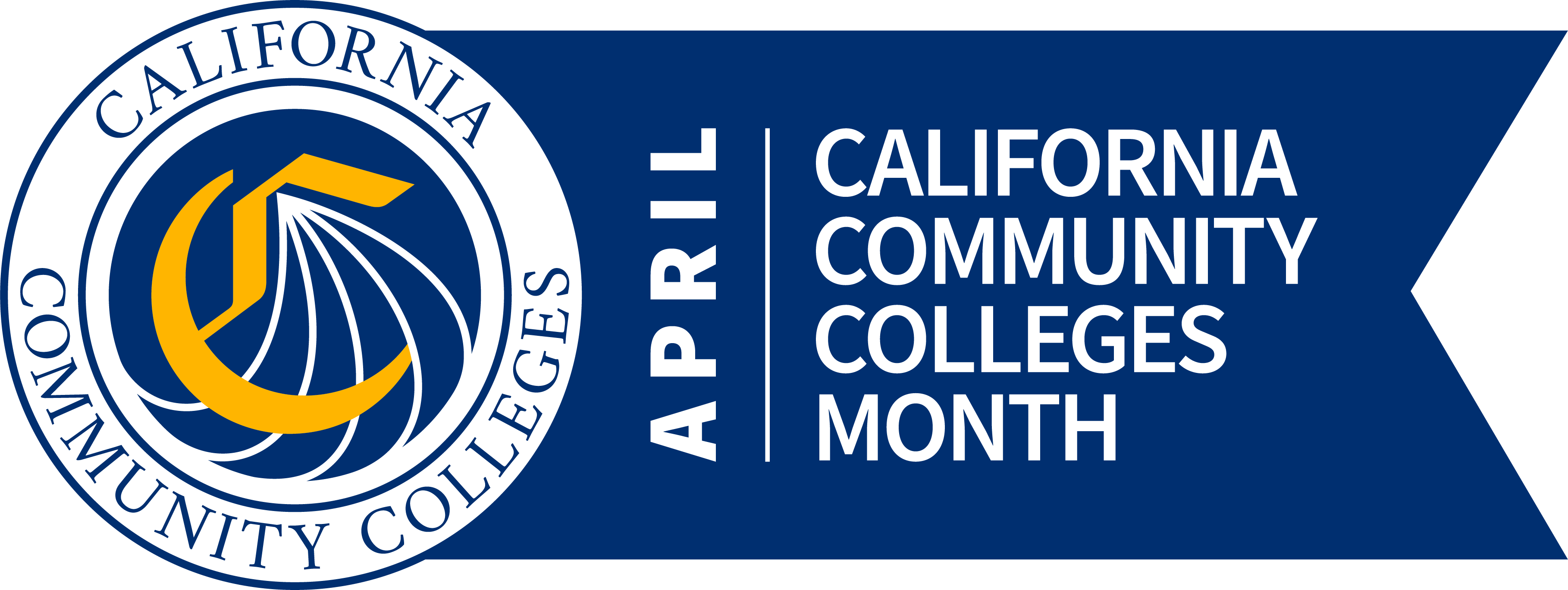As we head toward the conclusion of another academic year, it’s important to take stock of all that our colleges do for our students up and down the state. With this in mind, I’ve been fortunate to gain new insights during a Listening Tour that the state Chancellor’s Office began last fall and which we will continue.
With a few key staff and members of the Board of Governors, we spend a day at a college in conversation with students, faculty, classified staff, administrators, trustees and other college personnel. We conclude with a town-hall style public forum.
It’s a chance to hear first-hand from folks about their successes, their challenges and to engage them in discussion about the Vision for Success and its importance in improving the lives of our students. These unfiltered and honest conversations occasionally give rise to healthy disagreement and tension about the scale and pace of change that is occurring within our system.
The recent and widening admissions scandal brings into stark relief the importance of community colleges, the authenticity of their work and the democratizing role they play in our society. It also underscores the importance of our work to change systems that have not always been designed with students foremost in mind and which disproportionately put low-income students and students of color at a disadvantage.
Our Listening Tour has taken us as far north as Shasta and Butte colleges, which are leading their communities as they recover form devastating wildfires, and as far south as Imperial Valley College, not far from the Mexico border, which figures so prominently in our polarized national politics. We visit colleges big and small, coastal and Valley. Urban and rural.
Not one student at any of these colleges has ever needed their parents to bribe an admissions official or a sailing coach to receive an excellent education. The students with whom we visit are truly remarkable. They are first generation, working parents, former foster youth, undocumented, formerly incarcerated, student athletes, student veterans, and the list goes on. And they are incredibly resilient.
As I hear from our students about their amazing stories of perseverance and undeniable talent it reminds me how important our equity work is for our students. I see a new breed of leader emerging who are not only embracing our equity work but who are making it a cornerstone of their presidency. From the courageous conversations I seen firsthand near our southern border at Imperial Valley College and Southwestern College, to the advocacy for students’ basic needs at Compton and San Diego Mesa, to the resiliency demonstrated at Butte, Shasta and College of the Sequoias, leaders are coming forward. It is incumbent upon those of us who have been in the system for many decades to reach out and support our champions for equity, our presidents of color and the amazing women in our system that our leading their institutions into the future while not being bound to the past. These leaders give me great hope for our future.
This tour of colleges is a good way to measure the rate of adoption of new and innovative policies that underpin the Vision for Success. Classic diffusion of innovation theory begins with innovators, then moves through a series of phases that includes early adopters and onto majority- and late-majority adopters. We have seen incredible desire and hard work to implement these changes at many colleges. Not all colleges will arrive at the same time, but we are confident that meaningful changes are taking root and that they will improve the lives of our students.

